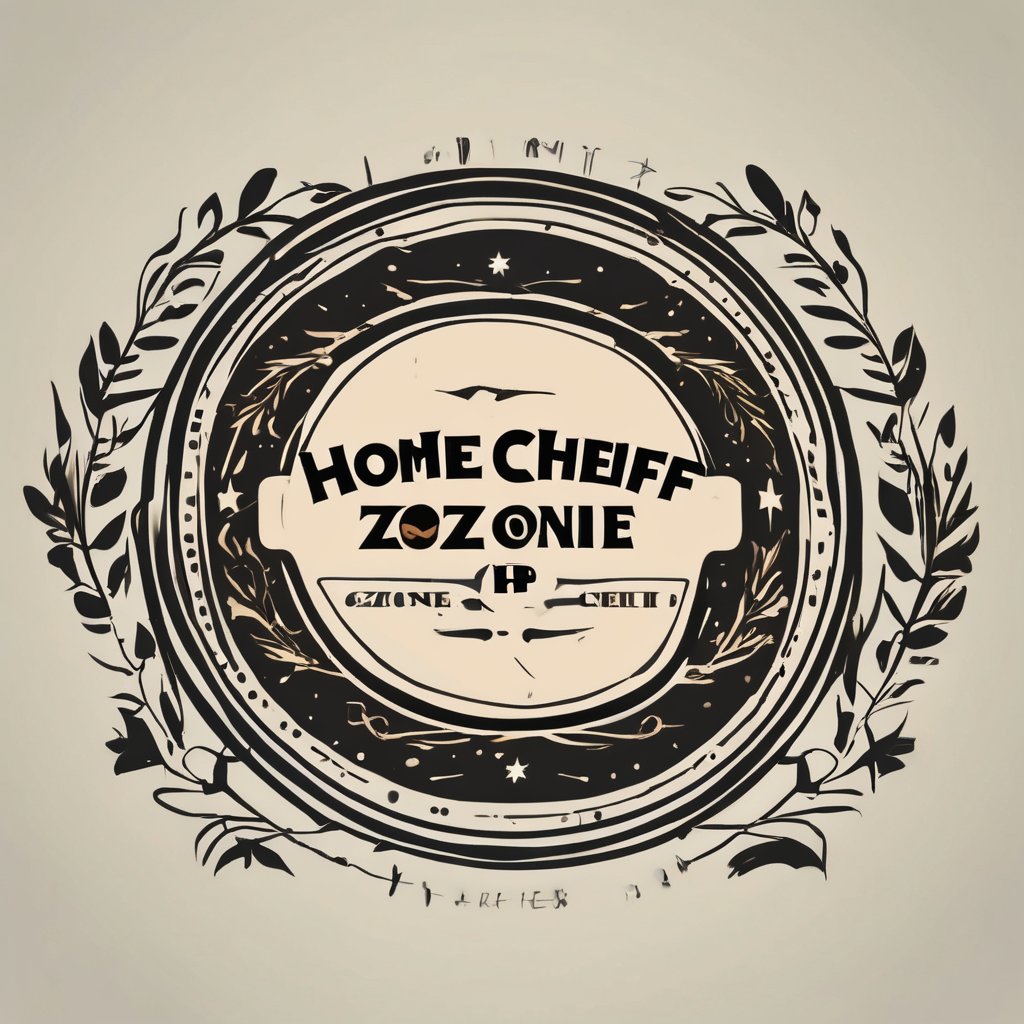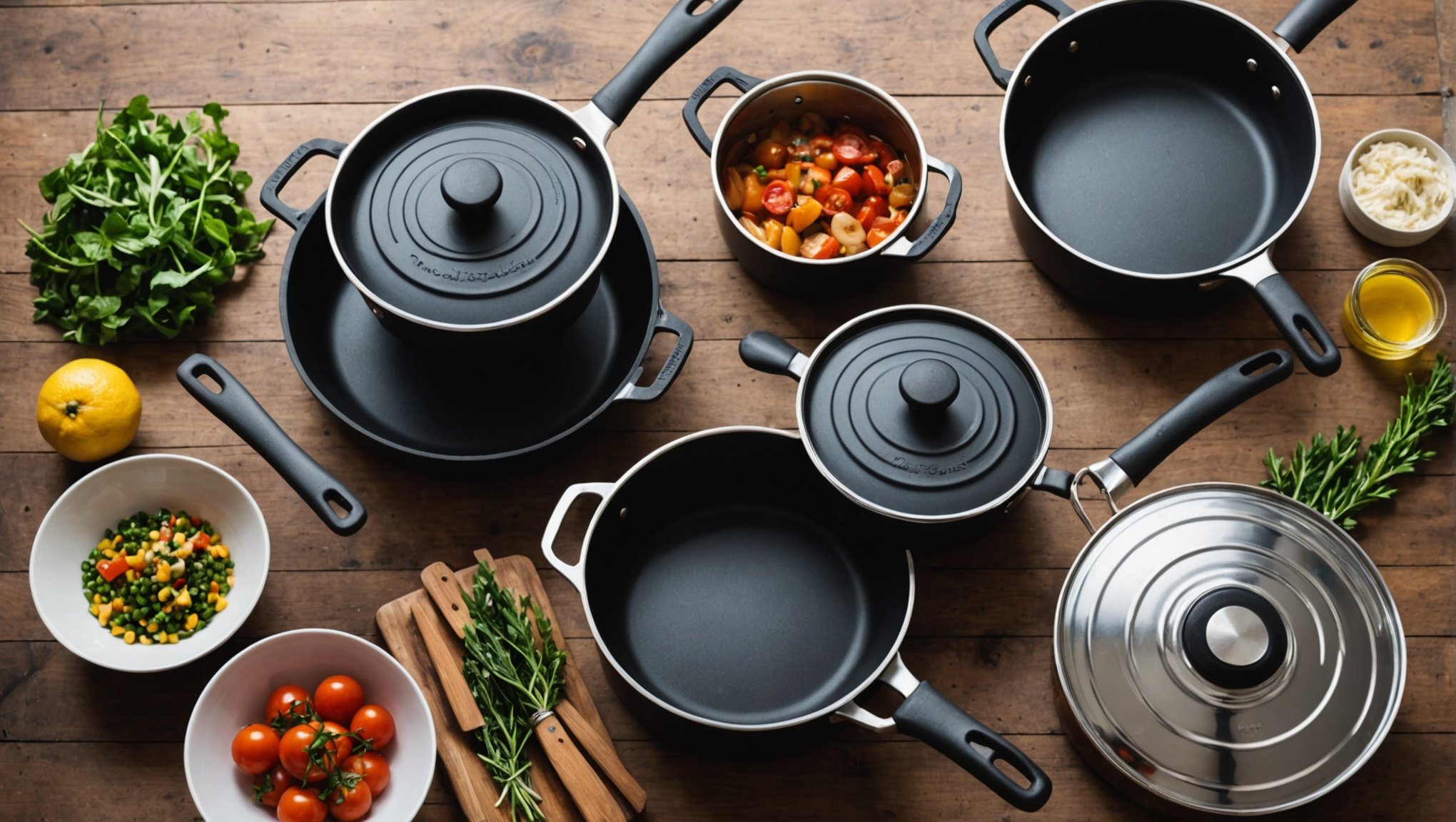Choose the Safest: The Ultimate Guide to Toxin-Free Cookware for Your UK Kitchen
In the pursuit of a healthier and more sustainable kitchen, selecting the right cookware is crucial. With the myriad of options available, navigating through the market to find toxin-free cookware can be daunting. Here’s a comprehensive guide to help you make informed decisions and ensure your cooking environment is safe and eco-friendly.
Understanding the Risks of Toxic Cookware
Traditional cookware often contains harmful chemicals such as PFOA, PTFE, and heavy metals like lead and cadmium. These substances can leach into your food, especially when the cookware is heated or scratched, posing significant health risks.
Additional reading : Stylish Solutions: Expert Tips for Child-Proofing Your UK Kitchen
Types of Toxin-Free Cookware
Ceramic Cookware
Ceramic cookware is a popular choice for those seeking non-toxic options. Here are some key points to consider:
Benefits
- Ceramic cookware features a natural, non-stick surface without synthetic coatings.
- It is made from clay and kiln-baked to high temperatures, ensuring it is free from harmful chemicals like PFAS, PFOA, and PTFE.
- Ceramic cookware is generally eco-friendly and can be more durable if properly maintained.
Care and Maintenance
- To preserve the non-stick surface, use utensils made from silicone, wood, or nylon. Avoid metal utensils with sharp edges.
- Ensure the utensils have rounded edges and smooth surfaces to prevent scratching.
- Be mindful of heat resistance; for example, nylon utensils can melt or become brittle at high temperatures.
Cast Iron Cookware
Cast iron is one of the oldest and most durable cooking materials.
Also read : Transforming Your UK Galley Kitchen: Creative Tips to Maximize Space and Functionality
Benefits
- Cast iron offers excellent heat retention and can be used at high temperatures.
- When well-seasoned, cast iron provides a non-stick surface without chemical coatings.
- It is highly versatile and can be used on various cooking surfaces, including stovetops, ovens, and even campfires.
Cons
- Cast iron requires seasoning to maintain its non-stick properties.
- It can be heavy and may rust if not properly cared for.
Stainless Steel Cookware
Stainless steel is another safe and durable option.
Benefits
- High-quality stainless steel cookware is resistant to corrosion and does not leach chemicals.
- It is easy to clean and maintain.
- Stainless steel cookware is compatible with various cooking methods, including induction hobs.
Cons
- Lower-quality stainless steel can contain nickel, which may leach into food.
- It can be noisy and may not distribute heat as evenly as other materials.
Titanium Cookware
Titanium is a high-end option known for its strength and lightweight properties.
Benefits
- Titanium cookware is corrosion-resistant and non-toxic.
- It is durable and can withstand high temperatures.
- Titanium is also hypoallergenic, making it a good choice for those with sensitive skin.
Cons
- Titanium cookware is generally more expensive than other options.
- It may not be as widely available as other types of cookware.
Key Features to Look For
When selecting toxin-free cookware, several features are essential to consider:
Material
- Ceramic: Look for ceramic coatings that are free from PFAS, PFOA, and PTFE. Ensure the ceramic is lead-free and cadmium-free.
- Cast Iron: Opt for well-seasoned cast iron to avoid the need for chemical non-stick coatings.
- Stainless Steel: Choose high-quality stainless steel that is resistant to corrosion and leaching.
- Titanium: Select titanium cookware for its durability and non-toxic properties.
Heat Resistance
- Ensure the cookware and utensils you choose can handle the temperatures you will be using. For example, nylon utensils should not be used at temperatures above 400°F.
Induction Compatibility
- Many modern kitchens use induction hobs. Look for cookware with induction-compatible bases to ensure even heat distribution and energy efficiency.
Eco-Friendliness
- Opt for cookware made from recycled materials and those that are fully recyclable. Brands like Prestige Eco cookware set an example by using recycled materials and partnering with environmental initiatives.
Warranty and Durability
- A good warranty is a sign of the manufacturer’s confidence in the product’s durability. Look for cookware with long-term guarantees, such as the 5-year guarantee offered by Prestige Eco.
Table: Comparison of Toxin-Free Cookware Options
| Cookware Type | Material | Heat Resistance | Induction Compatible | Eco-Friendly | Warranty |
|---|---|---|---|---|---|
| Ceramic | Clay, Kiln-baked | High temperatures | Yes | Yes | Varies |
| Cast Iron | Iron | High temperatures | Yes | No | Varies |
| Stainless Steel | Alloy (Chromium, Nickel) | High temperatures | Yes | Yes | 10-year guarantee (e.g., Tefal) |
| Titanium | Titanium | High temperatures | Yes | Yes | Varies |
| Prestige Eco | Aluminium with PFOA-free non-stick | Up to 150°C | Yes | Yes (made from recycled materials) | 5-year guarantee |
Brands to Consider
Our Place
- Known for their wide range of non-toxic cookware products.
- Uses responsibly sourced materials with complete supply chain transparency.
GreenPan
- Offers ceramic non-stick frying pans that are PFOA and PFAS-free.
- Compatible with induction hobs and dishwasher safe.
Prestige Eco
- Made in Italy, this cookware set is made from recycled materials and is fully recyclable.
- Features a PFOA-free non-stick coating reinforced with minerals and is induction, oven, and dishwasher safe.
Tefal
- Provides a range of non-toxic cookware options, including stainless steel and titanium.
- Many of their products come with a 10-year guarantee and are compatible with induction hobs.
Additional Tips for Maintenance and Care
Cleaning
- Avoid using abrasive cleaners or scourers, which can damage the non-stick surface.
- For ceramic and non-stick cookware, use gentle dish soap and a soft sponge.
- Cast iron cookware should be cleaned with water and a mild detergent, then dried and seasoned to maintain the non-stick surface.
Storage
- Store your cookware in a dry place to prevent rust or damage.
- Avoid stacking cookware to prevent scratching; if stacking is necessary, use paper towels or cloth to separate the pieces.
Utensils
- Use utensils that are gentle on the cookware surface. Silicone, wood, and nylon are good options for ceramic cookware.
Choosing the right toxin-free cookware is a significant step towards a healthier and more sustainable kitchen. By understanding the benefits and maintenance requirements of different materials, you can make informed decisions that align with your health and environmental goals. Whether you opt for ceramic, cast iron, stainless steel, or titanium, ensuring your cookware is free from harmful chemicals and eco-friendly will enhance your cooking experience and contribute to a safer culinary environment.






